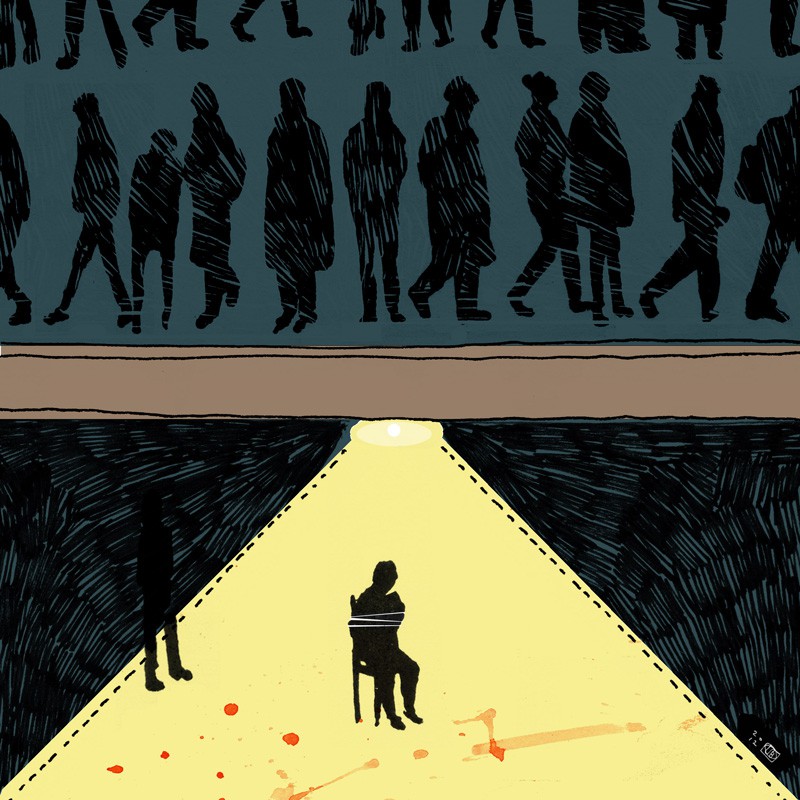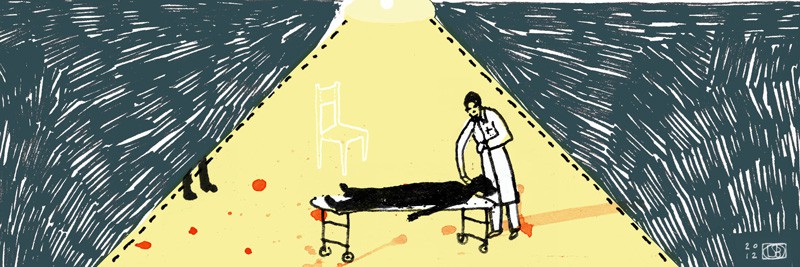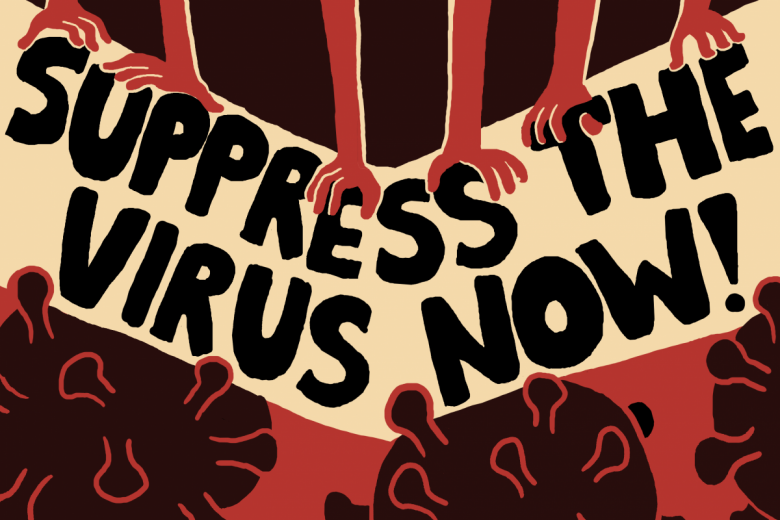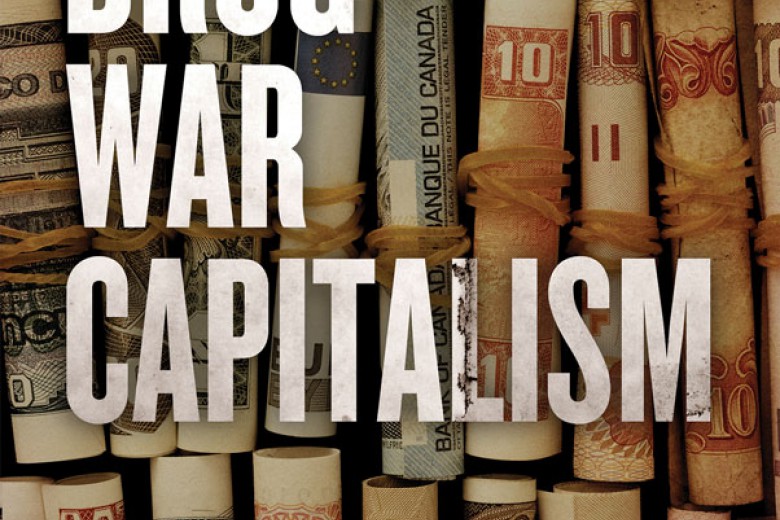
Middle-aged woman. Ingrown toenail that has persisted, resistant to all conservative measures. Medications: ramipril and atorvastatin. Allergies: local anaesthetics.
“It’s going to be very painful without the anaesthetic in your toe.” My face twists in anticipation. “Maybe we could give you something to relax a little, send you off to sleep.” Those drugs can, however, cause people to stop breathing, so we would need to be prepared with heart monitors. The effects would probably last considerably longer than the procedure itself, but we use such medications routinely to set broken bones – another excruciating process.
The woman shakes her head as I run through the risks. “Just take it out. It won’t take long, right? I’ll deal.”
“I really don’t think …” I look doubtfully at my supervisor. He sighs resignedly and pulls on gloves. I step back.
He grabs with the forceps, and yanks.
Once. The woman shrieks, trying to muffle her screams with her hands.
Twice. The emergency room around us falls silent as her cries resound.
Thrice. Her body shudders into sobs.
The nail is out.
It was medical school that introduced me to torture.
*
In the summer of 2011, Vic Toews discreetly gave all federal security agencies – the Canadian Border Services Agency, the Canadian Security and Intelligence Service and the Royal Canadian Mounted Police – permission to use information that may have been gathered through torture in their investigations. Canadian agencies were previously barred from using such information, as giving torture any legitimacy ran afoul of the spirit of international law. Canadian agencies were also prohibited from sharing information abroad that could lead to the torture of individuals. Now, Canadian security agencies can also consider conveying data that may lead to torture in “rare circumstances, [where] ignoring such information solely because of its source would represent an unacceptable risk to public safety.”
Medicine has always been implicated in torture. As a physician, I often reflect that it requires sensitive knowledge of the body to know how far one can bend someone without breaking them, a deep intimacy with physiology to gauge how brittle a bone need be before it snaps from stress. Steven Miles, an American doctor who has done seminal work on the implication of physicians in torture in the national security complex of the United States, grimly notes in Oath Betrayed that, globally: “Twenty to fifty percent of torture survivors report that they saw physicians serving as active accomplices during the abuse. That statistic does not include prisoners who never see the physician who falsifies medical records or death certificates so as to conceal torture. It does not count those who are victimized by techniques that doctors and psychologists devised for torturers to use.”
Medicine makes torture banal. The body is compartmentalized easily enough, a human stripped of being becomes a technical system. Pain is not feeling, but electrochemical signalling. Screams are vibrations of vocal cords. Writhing is the contracture of muscles through the activation of calcium channels. Torture can integrate itself into the daily activities of physicians trying to work their way up the ladder, to make a decent living to feed a family, to do what is right.

The hierarchy of medicine facilitates a military mindset of following orders, as Shusaku Endo describes in his novel The Sea and Poison, which tells the story of how doctors become implicated in the live dissection of an American prisoner of war in Japan. A senior colleague tells an intern: “Doctors aren’t saints. They want to be successful. They want to become full professors. And when they want to try out new techniques, they don’t limit their experiments to monkeys and dogs.” And before we know it, we are standing scrubbed next to the body of a living, breathing person whom we are going to cut up alive, all in the name of science, all in the name of the nation, all in the name of us trying to hedge our bets to pick the winning side.
*
If someone refused to impart information they had on how to defuse the bomb that could kill your family, what would you do?
The ticking time bomb scenario. This hypothetical question is omnipresent, routinely posed by testosterone-laden hotheads at security agencies. The question itself insidiously insinuates that we are at eternal war, that this moral dilemma could strike at any moment, that there are those who perpetually plot against us. Would you not employ all the power at your disposal, your knowledge of anatomy and of physiology, of neurology and of psychology, of respirology and cardiology to extract the truth, that elusive truth, from someone who has no respect for your own life?
Much, of course, would depend on how we define truth. Many at security agencies seem to believe that any information is better than good information. But the legal weight of evidence derived from torture is well-known to be dubious at best. Most famously in recent Canadian history, Maher Arar was implicated by Omar Khadr, who stated during his detention – which included torture – that he “might have seen” Arar in Afghanistan. Khadr would probably have said anything to please his interrogators, provided any information that would give them an excuse to take their witch hunt elsewhere, to leave him in peace and pain-free. We know now that subsequent investigation cleared Arar of any wrongdoing.
If torture really had any value, history would be replete with examples of how it saved civilizations from destruction. If torture worked, Rome would not have fallen, the first French Republic would have been the last, and the Spanish empire would have extended itself into perpetuity. If torture worked, maybe Mubarak would still be president and Mandela never would have been.
*
The public silence around Toews’ shift in Canadian policy undoes decades of moral progress. We have accepted this reality, barely raised our voices, since time bombs may be tucked away in our offices, in our buses, in our closets. In the real world, we must make compromises, after all. In the interests of national security, we should probably concede to the decisions of men in dark suits in hidden hallways in Ottawa, as in Damascus. We should trust them to take care of us, for they know best, and maybe all our trust costs is a little of some stranger’s dignity. So what?
But national security is not our collective security. Our collective security lies in protecting one another from authoritarian regimes that seek to repress, to entrench fear, to silence. That power is the real value of torture. It does not bring forward evidence of any judicial value. The purpose of the ticking time bomb scenario is not the answer, but the question itself: it instils fear. What torture does do is frighten people into submission. Torture silences those who question authority. And in our own silence, we are complicit in giving legitimacy to that oppression. National security is not for the nation at all, but for the interests of the few clinging to power. Their toenails intact.
*
In other ways, medicine has also taught me to bear witness to survival. Scars on skin on those who have fled violent repression, terror tattooed onto psyches. Physicians see torture’s sequelae in intimate detail, and sometimes pay high costs in testifying to it. But our examination is limited at best. Time wipes away detail, as skin contracts and closes in, as minds make sense out of madness. All we can say is that a scar is consistent with their account. We have no proof, we have no certainty, but we can say skin and story are consistent with someone who has been hurt, and then healed.
Our own healing as a profession since the assaults of fascism in the 1940s has not only led to an international framework that criminalizes torture, but also to the development of a body of medical ethics. The Australian and British medical associations’ codes of ethics underline that physicians should not participate in torture or other cruel or degrading forms of punishment, with the British Medical Association stating in 1984, in a country then besieged by the IRA, that any diet given to detainees that required medical monitoring was inhumane and no doctor should be associated with it. The Canadian Medical Association has a policy resolution that states “that all physicians and medical associations should refuse to allow their professional or research skills to be used in any way for the purpose of torture or punishment of prisoners.”
We decide who we are as a society by deciding whom we exclude, whom we banish outside our circle of ethical care. A measure of human progress is how much more we can expand our embrace of beings worthy of dignity. When we begin to make one exception here, one exception there, we not only hurt those involved, but we damage the society we claim to serve with universal, impartial consideration. As a self-regulating profession, physicians need to reiterate that we will not allow our members to participate in torture. Although there is no proof yet that there has been recent Canadian physician complicity with torture, now morally sanctioned by our government, we need to ensure that our members know that they will be held accountable for any future participation. Our patients deserve to know that we will not allow their bodies or their pain to be used to preserve the privilege of the powerful. Vic Toews knows that you are either with him or with the tortured. As physicians and as citizens, we need to state our choice.


_780_520_90_s_c1.jpg)


